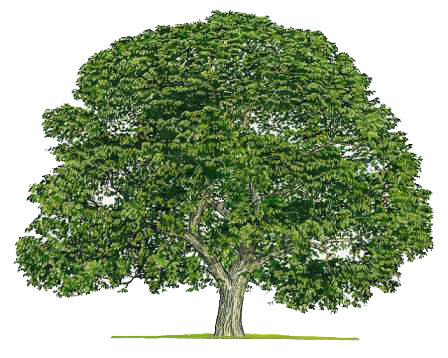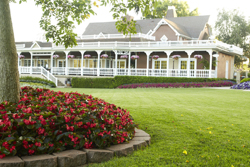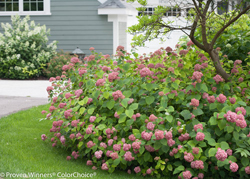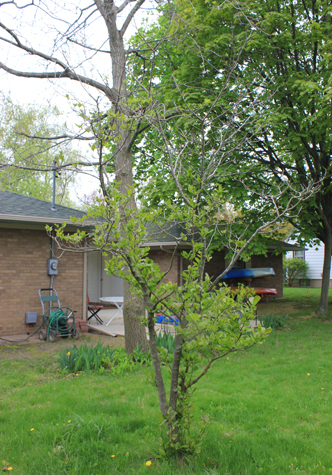The Curse of the Black Walnut
Black walnut trees have a well-deserved reputation for making life difficult for gardeners because they release a toxic compound called juglone, which can adversely affect many kinds of plants.

For many gardeners across the United States and Canada, the words “black walnut tree” can signal severe depression. For anyone who worries about this tree affecting their gardening, there is even a Black Walnut Society to help you learn more about gardening around the dreaded black walnut! Black walnut trees have a well-deserved reputation for making life difficult for gardeners because they release a toxic compound called juglone, which can adversely affect many kinds of plants. That’s the whole point from the black walnut’s point of view; by releasing its own natural herbicide, it has fewer plants to compete with.
Black walnut trees are native to most of the Central and Eastern United States from Florida north to Quebec and west to Utah, so you’ll find them growing in a lot of gardens in North America. But all is not lost! You can grow plants near and even under a black walnut tree if you select carefully.
Key Points to Remember:
- The drip line of a black walnut (everything under the canopy from trunk to farthest branch tips) is the hardest place to grow plants because the tree concentrates the chemical juglone under its own canopy.
- Remove all fallen black walnut leaves, stems and walnuts since they also contain the chemical. The roots are also toxic and juglone can persist in dead wood for years even after the tree is removed.
- Learn which plants can tolerate being near black walnut trees and which cannot. See our plant list below.
- Black walnut trees can create heavy shade. Limb branches up high to allow enough light in to grow plants below.
- The bad news is that tomatoes will not grow near black walnuts, so your dreams of a salsa garden might be compost for now…
Many plants can tolerate being near a black walnut tree, including the list of Proven Winners® plants shown below. Remember, every garden situation is different so start slowly and add plants as you see success. Remember the black walnut is a native tree that can provide shade and atmosphere while being drought tolerant and relatively pest-free. Use care in making your decisions about gardening beneath a black walnut, as this native tree may benefit your local ecosystem more than the garden you imagine replacing it with.
|
| Oh the curse of the black walnut tree! See its mighty trunk in the left rear of this photo? The juglone it is sending out through its roots, fallen leaves and fruits are slowly poisoning the magnolia tree in the foreground. By poisoning other trees around it, the black walnut is effectively eliminating its competition for water and sunlight. It’s a very smart tree indeed, but a sad situation for the poor magnolia! |







